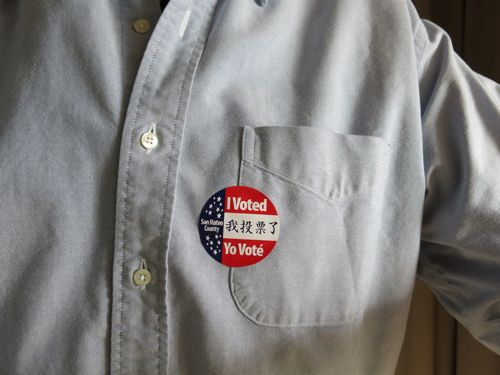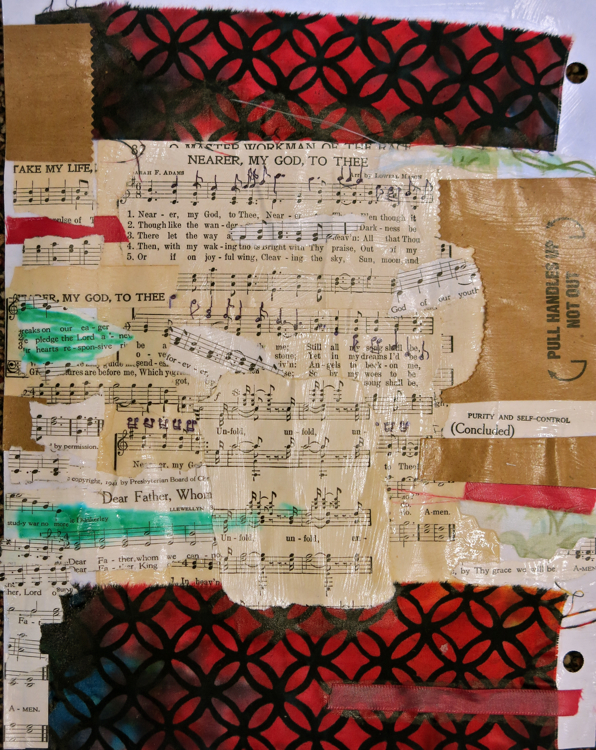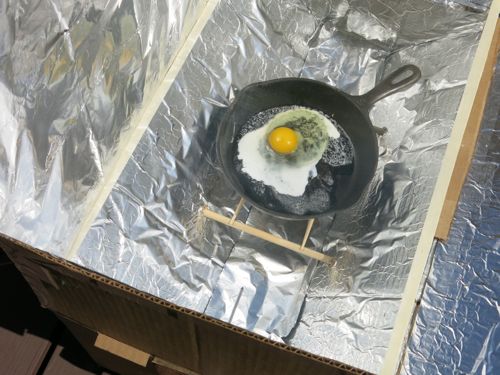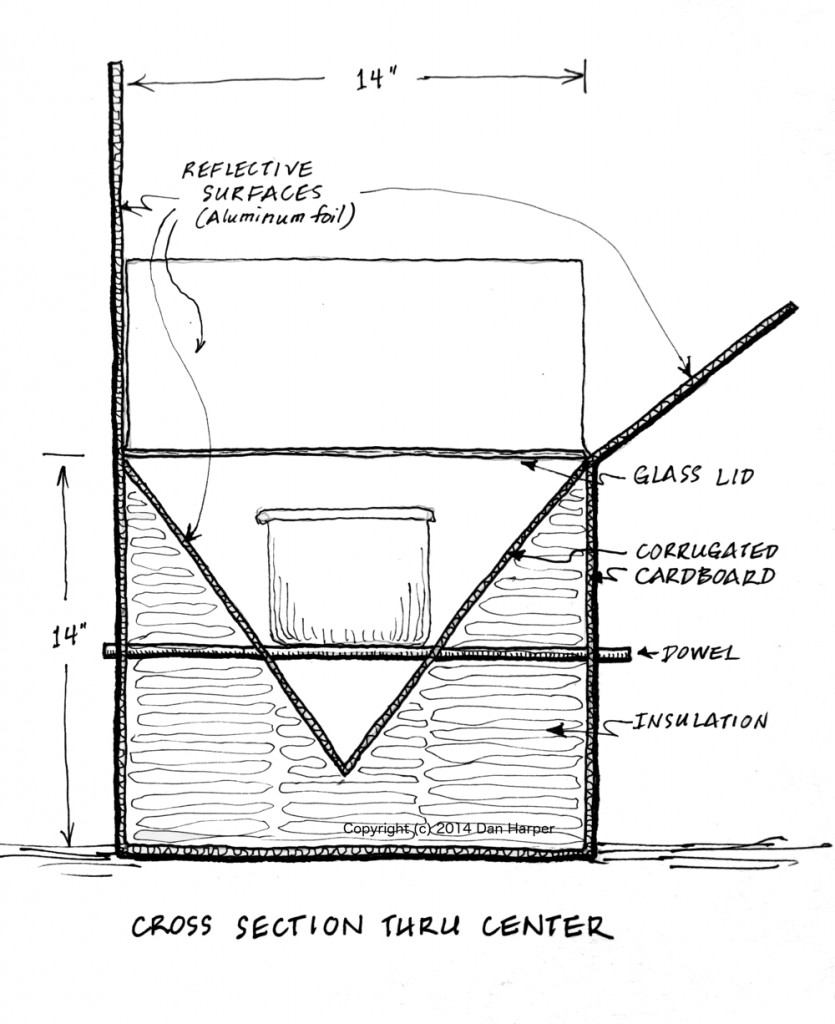Leah Gunning Francis opened the first plenary session of the Religious Education Association 2014 conference. She introduced the plenary speakers, and informed us that unfortunately Gabriel Moran was not able to be present. Francis lives in St. Louis, Missouri, and given that the theme of this year’s conference is “Religion and Education in the (Un)Making of Violence,” she showed some of her photographs of the protests in Ferguson, Missouri — to the great interest of the conferees.
The first “speaker” was Andrea Bieler, Professor of Practical Theology at the Kirchliche Hochschule in Wuppertal/Bethel, Germany. Bieler did not appear in person; her presentation was a video, in which she spoke, and showed various works of art and other material.
Bieler’s video began with a statement by Theodor Adorno: “The principal demand upon all education is that Auschwitz does not happen again.” Bieler extended this to other instances of systematic violence, including systemic racism in the United States, the state terrorism and “disappearances” in Argentina and Chile, apartheid in South Africa, etc.
In the video, Bieler laid out a nuanced argument, beginning with theories of memory and winding up with a discussion of remembering violence through aesthetic art. I was most interested in her analyses of several site-specific art works in Berlin, particularly the Chapel of Reconciliation, built near the site of the Berlin Wall.





